
The Forecast for Weather-Spotting Technology
data alone, such as the onset of coral bleaching,” added Gray.Coastal protectionAqualink is one of many groups utilizing Sofar Ocean’s technology in innovative ways. “We’re excited to empower others,” Janssen said, while pointing out other partnerships, like the University of Tokyo’s use of the Spotter to better understand sea-ice interactions in the Arctic. The U.S. Geological Survey (USGS) has also begun work incorporating the buoys’ abilities, this time working to protect a different kind of oceanic community—one that lives aside it, as opposed to
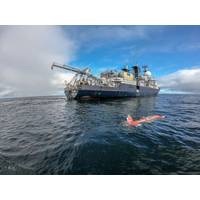
AI Guides Rapid Data-Driven Exploration of Changing Underwater Habitats
A recent expedition led by Dr. Blair Thornton, holding Associate Professorships at both the University of Southampton and the Institute of Industrial Science, the University of Tokyo, demonstrated how the use of autonomous robotics and artificial intelligence at sea can dramatically accelerate the exploration and study of hard to reach deep sea ecosystems, like intermittently active methane seeps. Thanks to rapid high throughput data analysis at sea, it was possible to identify biological hotspots at the Hydrate Ridge Region off the coast of Oregon, quickly enough to survey and sample them
NYK to Sponsor Shell XPrize Finalist
to improvements in marine science and technology around the world. * Team KUROSHIO A Japanese collaborative research team formed to participate in the Shell Ocean Discovery XPRIZE competition. Sponsors include the Japan Agency for Marine-Earth Science and Technology (JAMSTEC); the University of Tokyo Institute of Industrial Science; Kyushu Institute of Technology; National Institute of Maritime, Port and Aviation Technology; Mitsui Engineering & Shipbuilding Co. Ltd.; Nippon Marine Enterprise Ltd.; KDDI Research Inc.; and Yamaha Motor Co. Ltd.

ClassNK to Host Floating Offshore Wind Round Table
turbines in 2011 and since have played a key role in supporting the development of Japan’s nascent floating offshore wind industry in order to support a transition towards cleaner energy.” An exciting panel of leaders from this growing global market segment — including University of Tokyo Prof. Takeshi Ishihara, as well as Principle Power CEO Joao Metelo — will share their insights from industry projects such as Fukushima Forward, the world’s largest offshore floating wind project, as well as discussing solutions for cost optimization. This unique event
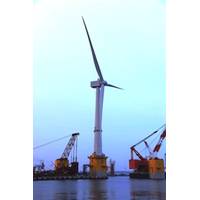
Fukushima Floating Offshore Wind Project Progressing
An experimental offshore floating wind farm project sponsored by the Japanese Ministry of Economy, Trade and Industry has been underway since March 2012. Participating in the project is a consortium comprised of Marubeni (project integrator), the University of Tokyo (technical advisor), Mitsubishi, Mitsubishi Heavy Industries, Japan Marine United, Mitsui Engineering & Shipbuilding, Nippon Steel & Sumitomo Metal, Hitachi, Furukawa Electric, Shimizu, and Mizuho Information & Research. Assembly work on the 7MW oil pressure drive-type wind turbine on the three-column semi-sub floater
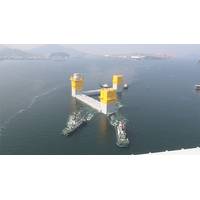
Experimental Floating Wind Farm Nears Installation
of the 7MW oil pressure drive-type wind turbine on the three-column semi-sub floater at Onahama port, Fukushima, are almost completed and delivery from Nagasaki to Onahama has started today. Participating in the experiment is a consortium comprised of Marubeni (project integrator), the University of Tokyo (technical advisor), Mitsubishi, Mitsubishi Heavy Industries, Japan Marine United, Mitsui Engineering & Shipbuilding, Nippon Steel & Sumitomo Metal Corporation, Hitachi, Furukawa Electric, Shimizu and Mizuho Information & Research. The scope of work included in the project&rsquo

Teams Vie for $2m Ocean Health XPRIZE
International, the University of South Florida and the Battelle Memorial Institute. •Team SINDEN (Fukuoka, Japan), a team of faculty, scientists and engineers from Kyushu University’s International Institute for Carbon-Neutral Energy Research, the Kyushu Institute of Technology, the University of Tokyo and the Japan Agency for Marine-Earth Science and Technology. •Team XYLEM (Beverly, Mass.), a team representing two Xylem companies, Aanderaa Data Instruments in Norway and YSI out of Ohio, with extensive work in commercializing high performance and reliable optical chemical sensors
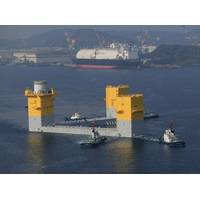
Fukushima Experimental Offshore Floating Wind Farm Project Progresses
A consortium made up of Marubeni (project integrator), the University of Tokyo (technical advisor), Mitsubishi, Mitsubishi Heavy Industries, Japan Marine United, Mitsui Engineering & Shipbuilding, Nippon Steel & Sumitomo Metal Corporation, Hitachi, Furukawa Electric, Shimizu, and Mizuho Information & Research has been participating in an experimental offshore floating wind farm project sponsored by the Ministry of Economy, Trade and Industry since March 2012. At present, the construction of the three-column semi-sub as part of the second phase has been successfully completed. Construction
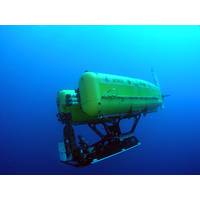
Exploring One of the Deepest Ocean Trenches
, and has already dove successfully to the deepest part of the ocean—Challenger Deep in the Mariana Trench—on its first mission in May 2009. This expedition will build on earlier studies of the Kermadec Trench by Alan Jamieson at UA’s Oceanlab and colleagues at NIWA and the University of Tokyo. Using the Hadal-lander, which was developed at Oceanlab, the team has documented new species of animals in the Kermadec and other trenches around the Pacific. "To date, this method has been successful in observing the deepest fish ever seen alive," Jamieson said. "By combining
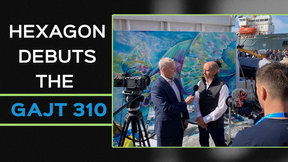
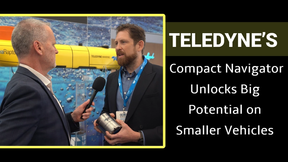
 February 2025
February 2025





